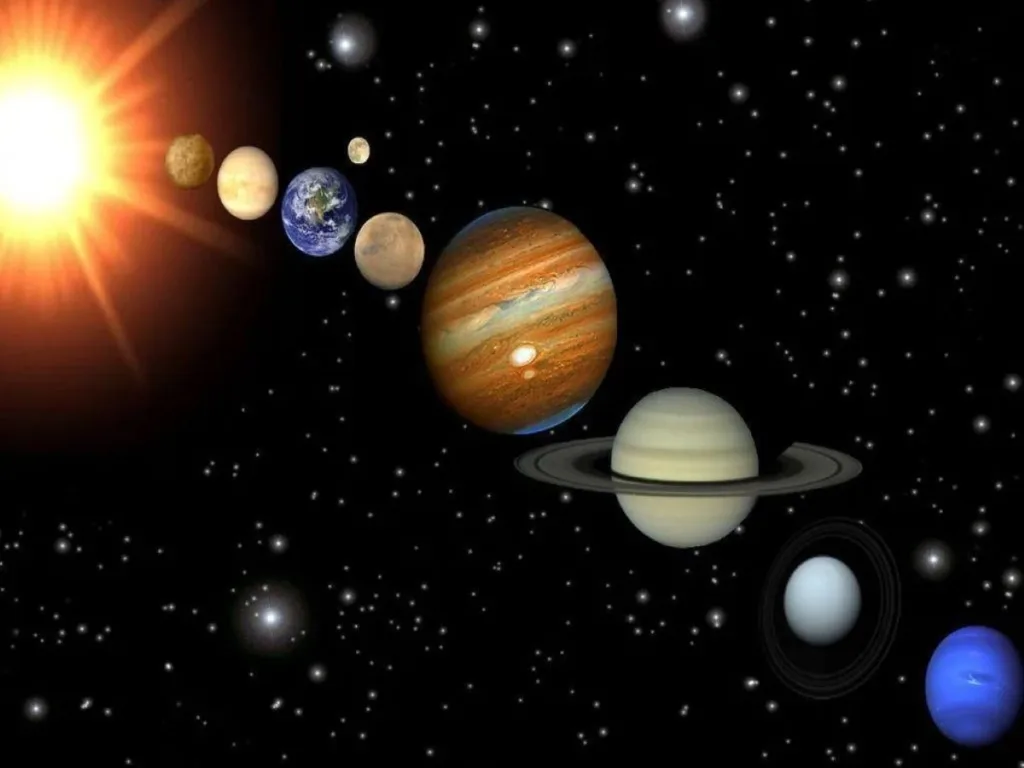As we embark on the journey through the Celestial Events of 2024, skywatchers are in for a treat with an array of planetary events, including conjunctions, oppositions, and elongations. This guide aims to provide an overview of when each planet will be at its best, offering insights into their visibility, positions, and noteworthy celestial encounters throughout the year.
Mercury’s Dance in the Skies:
Mercury, the elusive messenger of the cosmos, will grace both morning and evening skies throughout the year. Look out for its bright, yellowish hue in the mornings from Jan. 5 to Jan. 26, May 2 to May 23, Aug. 30 to Sept. 19, and Dec. 18 to Dec. 31. In the evenings, catch Mercury’s brilliance from March 10 to March 31, July 8 to July 29, and Nov. 2 to Nov. 23. The optimal viewing periods are during March and between Jan. 5 to Jan. 26 and Dec. 18 to Dec. 31.
Venus: A Steady Beacon in the Sky:
Shining brightly with a steady, silvery light, Venus graces both morning and evening skies. Witness its dawn display from Jan. 1 to April 8 and its evening brilliance from July 30 to Dec. 31. Noteworthy events include a close encounter with Mars on Feb. 22 and a dramatic rendezvous with Saturn on March 21. Venus will also slide past Neptune on April 3 and share the sky with the bluish Regulus on Aug. 5, followed by a close approach to Nunki in Sagittarius on Nov. 22.
Mars: The Red Wanderer’s Year:
Despite a relatively dim start to the year, Mars gradually brightens as it approaches opposition in 2025. Look out for Mars in the morning sky after April Fool’s Day, and witness its peak brightness on Dec. 18, shining at magnitude -1.2. Notable events include close approaches to Venus on Feb. 22, Saturn on April 10, Neptune on April 29, and a close alignment with Jupiter on Aug. 14. An occultation by the moon on Dec. 18 provides a spectacular finale.
Jupiter’s Brilliant Presence:
Jupiter, with its silver-white luster, dominates the night sky in 2024. Catch it shining brightly from Jan. 1 to April 26 in the evening and from June 8 to Dec. 6 in the morning. The brightest period falls between Nov. 14 to Dec. 28, reaching opposition on Dec. 7. Noteworthy events include a close pass with Aldebaran on July 9 and a proximity to Mars on Aug. 14.

Saturn’s Golden Glow:
Saturn, adorned with its famous rings, graces the evening sky from Jan. 1 to Feb. 11 and Sept. 8 to Dec. 31. Witness its peak brightness from Aug. 25 to Oct. 1, with opposition occurring on Sept. 8. Saturn showcases a celestial dance with Venus on March 21 and a close encounter with Mars on April 10.
Uranus: A Challenge for the Sky Gazer:
Uranus, a faint and distant beauty, resides in the constellation Aries throughout 2024. Spot it during evenings from Jan. 1 to April 27, mornings from May 31 to Nov. 16, and evenings again from Nov. 17 to Dec. 31. Its brightest moments occur from Oct. 15 to Dec. 21, culminating in opposition on Nov. 16.
Neptune’s Subtle Brilliance:
Neptune, the bluish jewel of the night, graces the evening sky from Jan. 1 to March 1, mornings from April 3 to Sept. 19, and evenings again from Sept. 20 to Dec. 31. Its peak brightness occurs from July 23 to Nov. 19, with a notable opposition on Sept. 20. Look for special events such as Venus passing close on April 3 and Mars approaching on April 29.
As the celestial ballet unfolds in 2024, seize the opportunity to witness the planets in their various stages and configurations. Keep your eyes on the skies, mark your calendars, and enjoy the breathtaking beauty of our planetary neighbors throughout the year. Happy stargazing!

